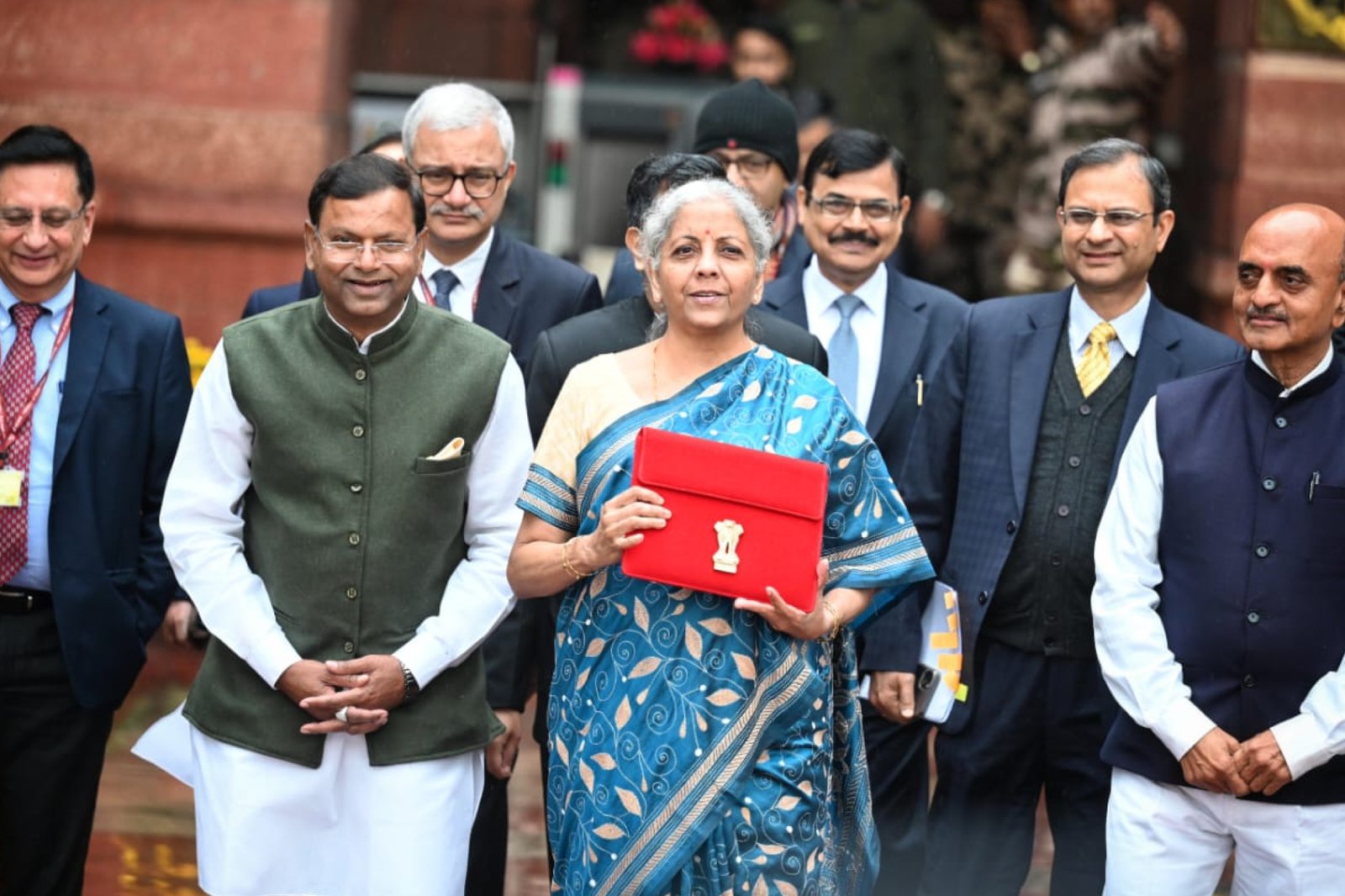India Announces 2025-26 Budget with Special Plans for Agriculture, Manufacturing, and Employment Growth
New Delhi, February 1, 2025: India's Finance Minister Nirmala Sitharaman announced the annual budget on Saturday, emphasizing the need to enhance the spending capacity of the middle class. She mentioned that the budget would include various support measures for the poor, youth, farmers, and women, aimed at ensuring inclusive development and boosting private investment.
India Announces 2025-26 Budget with Special Plans for Agriculture, Manufacturing, and Employment Growth
India Announces 2025-26 Budget with Special Plans for Agriculture, Manufacturing, and Employment Growth
New Delhi, February 1, 2025: India's Finance Minister Nirmala Sitharaman announced the annual budget on Saturday, emphasizing the need to enhance the spending capacity of the middle class. She mentioned that the budget would include various support measures for the poor, youth, farmers, and women, aimed at ensuring inclusive development and boosting private investment.
For the 2025-26 fiscal year, the government has set a target of reducing the fiscal deficit to 4.4%, down from 4.8% last year. Minister Sitharaman stated that special initiatives would be taken to enhance agricultural productivity, manufacturing, and export growth.
Additionally, the foreign direct investment (FDI) limit in the insurance sector has been increased from 74% to 100%. Sitharaman also mentioned that a new income tax bill would be presented next week, which would be considered a "transformational step in tax reform."
India's Chief Economic Advisor, in a report released last Friday, stated that the country's economy would remain slow at the start of 2025-26 and would require long-delayed reforms in the land and labor sectors.
Achieving an 8% growth rate is crucial to meeting the economic target, as it will help create large-scale employment and facilitate new job creation for the youth.
Furthermore, the Indian government plans to raise 14.82 trillion rupees (171 billion dollars) from the bond market next year, which will be used to address the fiscal deficit for the current year.










